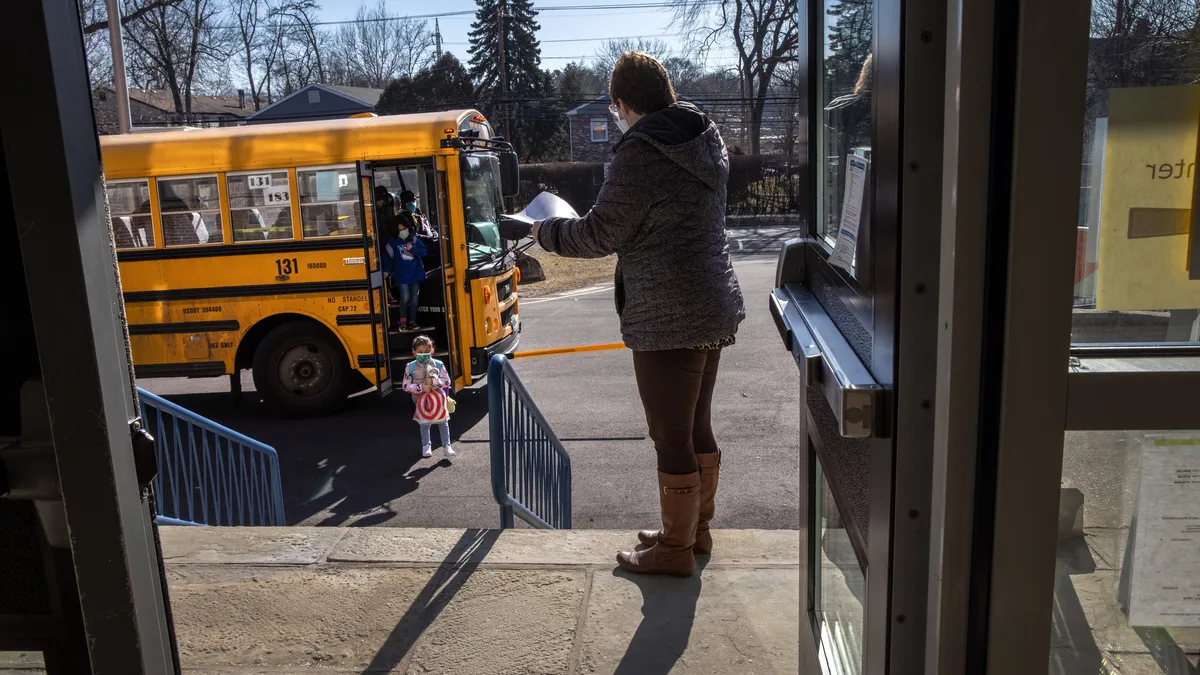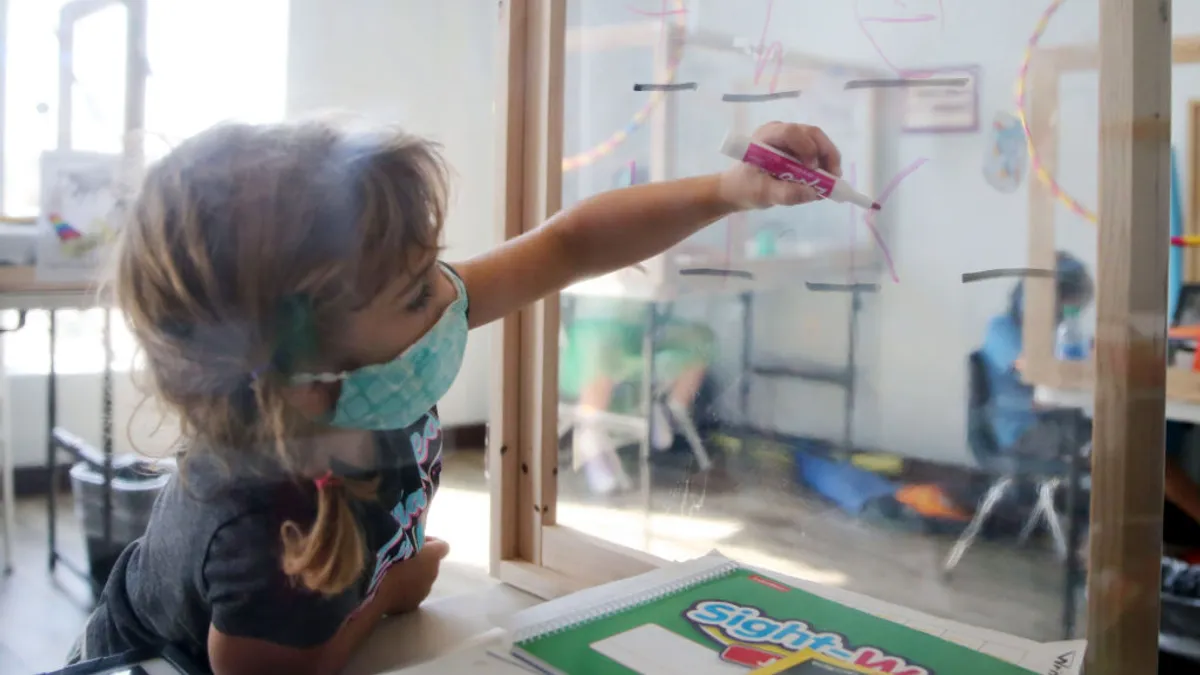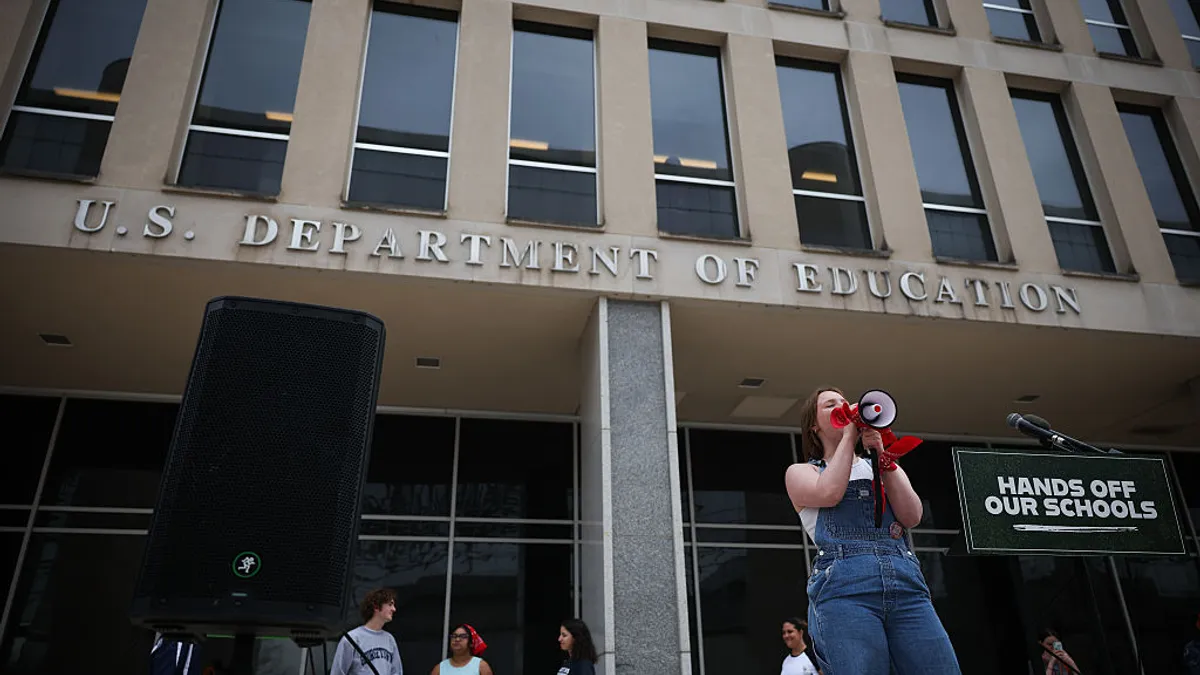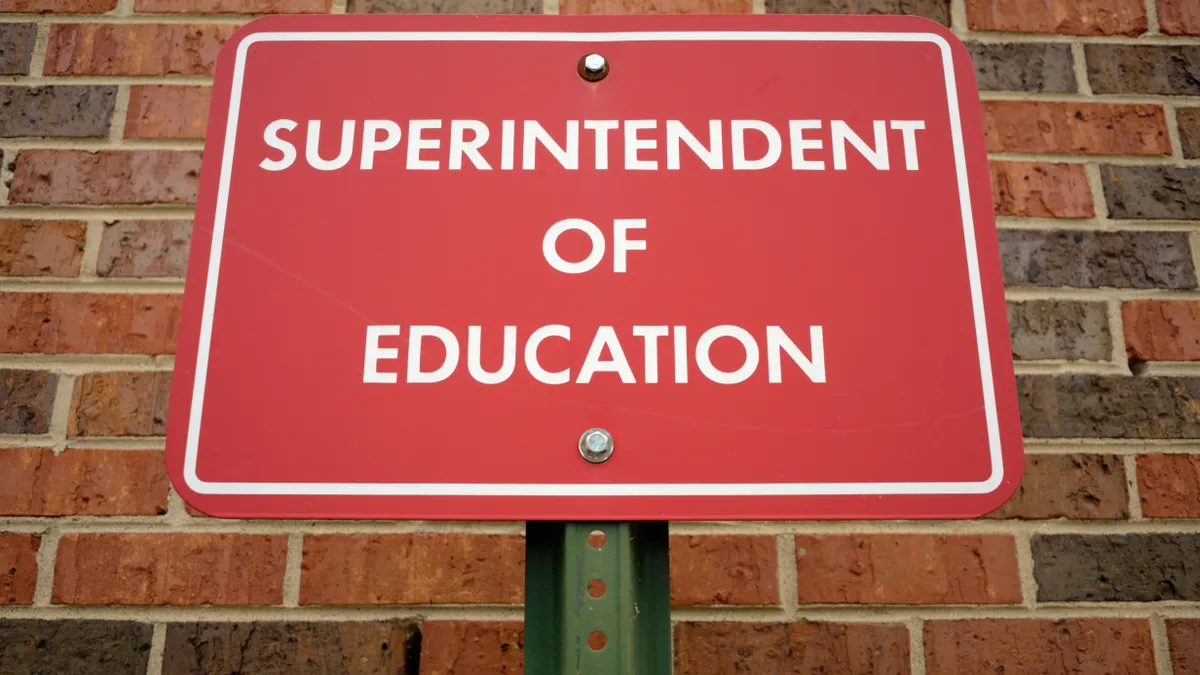Students are returning to school in person following over a year of building closures due to the COVID-19 pandemic. And as students return, so too do school safety concerns.
Just last week, for example, an armed high school student was fatally shot at Austin-East Magnet High School in Knoxville, Tennessee, during a confrontation that also left a school resource officer injured.
"If you look at all the variables that have led to not only school shootings, but shootings in general, all the variables have gotten stronger over the year and the pandemic," said Ron Astor, a school safety expert and professor of social welfare at the University of California, Los Angeles. He cited stressors of the pandemic alongside racial and political upheaval, like the U.S. Capitol riot and the police-involved fatal shootings of Black Americans, as "a swirl of different variables that make me really worried."
According to a recent report by Gaggle, a security management system used by districts to monitor student activity, there has been a 35% increase in threats of suicide and self-harm and a 23% increase in threats of violence against others over the course of the pandemic. Compared to the academic year prior to the pandemic, this marks a 67% increase in suicide or self-harm and threats of violence against others.
“My anticipation is that we would have not only more shootings, but more suicide ideations and more suicide attempts, and more of them related around issues of hate," Astor said.
Adopting a public health approach and looking for red flags
"I think a lot of [school safety] depends on how we respond post-pandemic," said Astor. As students return, administrators in many places have made it a point to prioritize mental wellbeing and easing students back into the classroom rather than nosediving into academic recovery.
"Schools kind of have to shift their gears to a public health approach," said Astor. "Kids are coming in with suitcases of really horrible experiences."
As students return, educators should be prepared to assess students' pre-pandemic challenges and stressors, the experiences they had during quarantine, and the impact of adapting to the changes present in their lives as communities reopen, said Rob Coad, a school psychologist and member of the National Association of School Psychologists School Safety and Crisis Response Committee, in an email.
"Students with complex histories or who experienced significant stressors during the pandemic will likely need support at this time," he added.
The pandemic has also vastly increased the number of students needing support, said Astor. Typically, schools have adopted a pyramid model with most kids, who do well even in really difficult environments, at the bottom and a smaller group of kids at the top who are suicidal, have access to weapons, have anger, or are in harm's way and need stronger and more select services.
"Now, that pyramid has turned upside down," said Astor.
He added schools should be proactive in their outreach to find the students who either partially attended or didn't attend class during the pandemic, as they may be most at-risk for safety incidents like shootings and suicides or being funneled into the school-to-prison pipeline.
For students who are present in school, administrators can be on the lookout for red flags including conflict with other students via being bullied or harassing others, feeling alienated from mainstream campus culture, and seeming withdrawn and being absent, said Gaggle founder and CEO Jeff Patterson in an email.
Consulting parents and involving SROs appropriately
Multiple mental health and school safety experts stressed the importance of rebuilding relationships with students and their parents.
School administrators should work to create connections with families to identify what supports are needed for their students, said Lisa Strohman, a clinical psychologist, in an email. This way, school leaders can determine whether students are struggling with a loss, are under additional stress from financial or employment challenges, had conversations about mental health, and/or had unregulated access to online content.
"There is a major lack of education about how to safely introduce children to the internet in a virtual learning environment — children can go incredibly far down these rabbit holes online, and that is by far the most challenging issue we see with children that turn to violence in school settings," Strohman said.
Now is also a time for school resource officers, who were sometimes distributing food or doing welfare checks during the pandemic, to rebuild connections with students, said Mo Canady, executive director of the National Association of School Resource Officers, in an email. Canady pointed out school violence sometimes increases after long absences, such as summer vacation or, in this case, COVID-19 school closures.
"One of the most important things administrators can do at any time is to understand how to use SROs appropriately and avoid using them inappropriately," Canady said. "This means, for example, not calling on SROs for assistance with the enforcement of school rules."
Rebuilding school culture and climate
Many experts pointed to growing research that prior to acts of school violence, students' peers are often the first to know. "A large majority of these students are sharing this information online with peers, yet their peers don’t know how and when to alert adults that something troubling may be going on — and as a result, adults will often be last to know there are issues," Strohman said.
"It is essential that students are connected to adults at school so that they can share these concerns and allow the adults to intervene and care for a student who may be in distress," said Coad, adding connectedness also lends to increased communication with staff and decreases the likelihood of students experimenting with drugs, alcohol and early sexual experiences.
Astor said creating a tone for the rest of the school is the "most important thing" principals can do.
"At least for this year, the next year and the year after, our school is not only about academic achievement," Astor said. "We are going to go out of our way to [build] social-emotional friendships, so that our school becomes the ideal of what we hope society to be."
Principals should also create an environment supportive of teachers, and encourage teachers to take care of themselves. "Because if they are so stressed and [the school] is not set up to support them, it’s going to be very hard for them to support the children," Astor said.








 Dive Awards
Dive Awards














